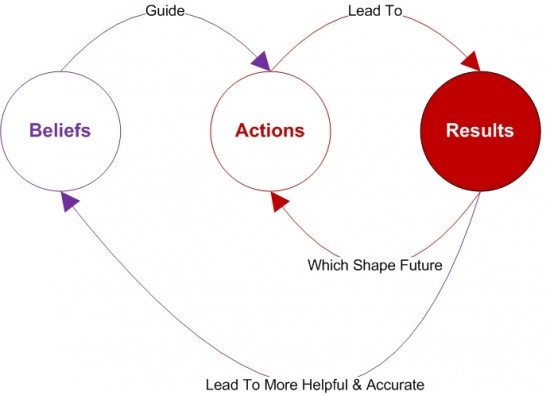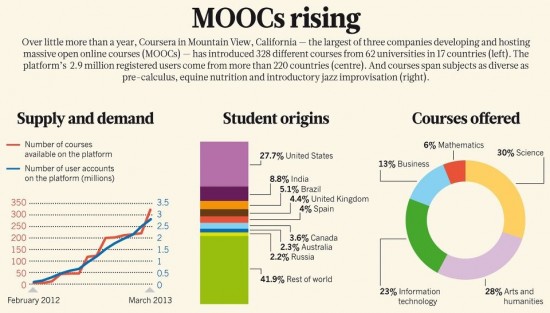Industry Trends
Neuroscience and Visual Aid Effectiveness
Visual aids can be a great asset to any presentation: according to the U.S. Department of Labor, “three days after an event, people retain 10% of what they heard from an oral presentation, 35% from a visual presentation, and 65% from a visual and oral presentation.” However, visual aids must be used correctly in order…
Read MoreThe Secret to Success: Objective Feedback Directed Inward
Photo Source: The Effective Leadership Development Community When trying to figure out what factors lead to success, there are some that we would all agree on: persistence, hard work, determination, and maybe a little luck. One factor that we may not be familiar with is personal feedback. People often look at outside influences to…
Read MorePeople Analytics: Data-Driven Human Resources
Human Resources is generally perceived as an area where soft skills thrive – feelings, impressions, and relationships drive decisions. But Human Resources is often a sensitive division – one research group, Chartered Global Management Accountant (CGMA), reported that 43% of chief executives, CFOs and HR directors believed poor human capital management had kept their companies…
Read MoreAre MOOCs A Game Changer? How Communication Technology is Affecting Education
Scientific American Massive Open Online Courses (MOOCs) are changing the way students think about education. Through websites such as Coursera, Udacity, or EdX anyone with an internet connection can sign up for a class from different universities free of charge. A professor uploads a series of video lectures, generally between 8 and 15 minutes in…
Read MoreUnconscious Communications: Connecting with your Audience on a Neurological Level
“The greater part of our intellectual activity goes on unconsciously and unfelt by us” – Friedrich Nietzsche (1882)
Read MoreQuantified Self for the Enterprise
It’s exciting to see the recent explosion of attention for Quantified Self. From a Forbes calling last week’s CES “The Year of the Quantified Self” to the February Issue of Vanity Fair, the media, consumers, and corporations are starting to pay attention.
Read MoreLearning How to Speak Extemporaneously from Bill Clinton
Most experienced and professional presenters know how to speak extemporaneously—by altering their prepared remarks on the fly—but few do it as well as Bill Clinton. As you can see in the transcript analysis below comparing what Clinton wrote vs. what Clinton said, from a purely rhetorical standpoint nearly all of Clinton’s changes enhanced the text…
Read MoreCommunications Analysis – How to Spot a Liar
On any given day we’re lied to from 10 to 200 times, and the clues to detect those lie can be subtle and counter-intuitive. Pamela Meyer, author of Liespotting, shows the manners and “hotspots” used by those trained to recognize deception — and she argues honesty is a value worth preserving.
Read MoreWill Voice Replace Text?
Speech recognition is finally catching up to where everyone expected it to be. Nuance Communications (Siri and Dragon Dictation) is leading the charge. Definitely has implications for the future of video and voice analytics.
Read More“The Expression of IQ” – group speaking nerves explained by WSJ
Speaking Up Is Hard to Do: Researchers Explain Why Article Link Robert Murphy, an online marketing representative in San Francisco, was invited to a business meeting with his boss and six colleagues a few weeks ago. He had attended previous meetings on the subject, and he prepared with additional research. He brought a thick sheaf…
Read More


